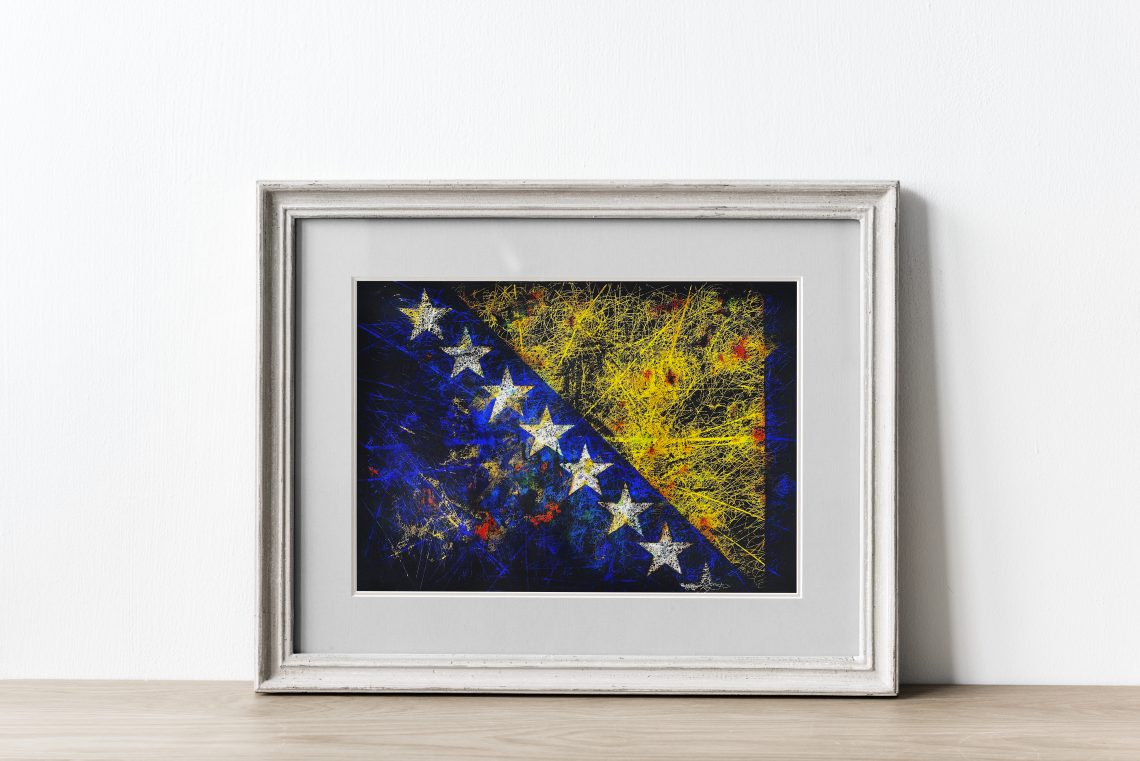Introduction
Flags are not just symbols of national identity; they also have the ability to evoke emotions, convey values, and tell stories. One design element that has captivated the world is the use of circular or round shapes in flags. From the simplicity of the Japanese flag to the intricacies of the Lao flag, the presence of circles adds depth and symbolism to these national emblems. In this blog post, we will explore the flags that embrace the power of circles, examining their significance, historical background, and cultural context.
Flag of Japan
The flag of Japan, known as the Nisshōki or Hinomaru, is a striking example of a flag with a simple and powerful circular design. Its pure white field represents purity and honesty, while the central red circle, called the “Hinomaru” or “sun disc,” symbolizes the rising sun. The circular shape represents harmony, completeness, and the eternal nature of the universe. The flag’s design dates back to the 19th century and has become a widely recognized symbol of Japan’s national identity, traditions, and resilience.
Flag of Laos
The flag of Laos features a prominent blue circle in the center, which is surrounded by red stripes on the top and bottom and a larger white stripe on each side. The blue circle represents Laos’ solidarity and its commitment to protecting national sovereignty, while the red stripes symbolize the courage and resilience of the Lao people. The circular shape not only signifies unity but also reflects the country’s beliefs in Buddhism, where circles represent the cycle of life and the interconnectedness of all beings. The flag serves as a reminder of Laos’ rich cultural heritage and the values it upholds.
Flag of Bangladesh
Another notable flag that incorporates circular elements is the flag of Bangladesh. Its vibrant green background represents the lushness and fertility of the country, while the red circle symbolizes the rising sun and the bloodshed during the Bangladesh Liberation War. The circular shape represents unity, progress, and the ever-rising spirit of the Bangladeshi people. The flag serves as a powerful reminder of the nation’s journey towards independence and the sacrifices made by its people.
Flag of Portugal
The flag of Portugal features a vertical band of green on the hoist side and a vertical band of red on the fly side. In the center of the red band, there is the Portuguese coat of arms, which includes a white shield with five blue escutcheons, each containing five small white circular shapes. The circular shapes symbolize the five wounds of Christ and represent the country’s strong Christian heritage.
Flag of India
The flag of India, known as the Tiranga, features three horizontal stripes of saffron, white, and green. In the center of the white stripe, there is a navy blue Ashoka Chakra, which is a circular wheel with 24 spokes. The Ashoka Chakra represents the wheel of law and symbolizes righteousness, progress, and the eternal cycle of life. It embodies the country’s commitment to justice, truth, and the pursuit of Dharma.
Flag of South Korea
The flag of South Korea, known as the Taegeukgi, consists of a white background with a circular red and blue Taegeuk symbol in the center. The Taegeuk represents the harmony of opposites, with the red portion symbolizing yang (positive energy) and the blue portion representing yin (negative energy). The circular shape reflects the continuous flow of energy and the pursuit of balance and peace.
Flag of Brazil
The flag of Brazil consists of a green field with a large yellow diamond in the center. Inside the diamond, there is a blue circle with 27 white five-pointed stars arranged in the pattern of the night sky over Rio de Janeiro on November 15, 1889. The circular shape of the stars represents unity and equality among Brazil’s states and territories.
Conclusion
The use of circular or round shapes in flags carries profound symbolism and adds depth to the national emblems they represent. Whether it is the simplicity of the Japanese flag, the intricate symbolism of the Lao flag, the resilience of the Bangladeshi flag, these circular designs capture the essence of each nation’s cultural identity and values. Through their use of circles, these flags invite us to reflect on the interconnectedness of humanity, the pursuit of unity, and the eternal nature of life.










